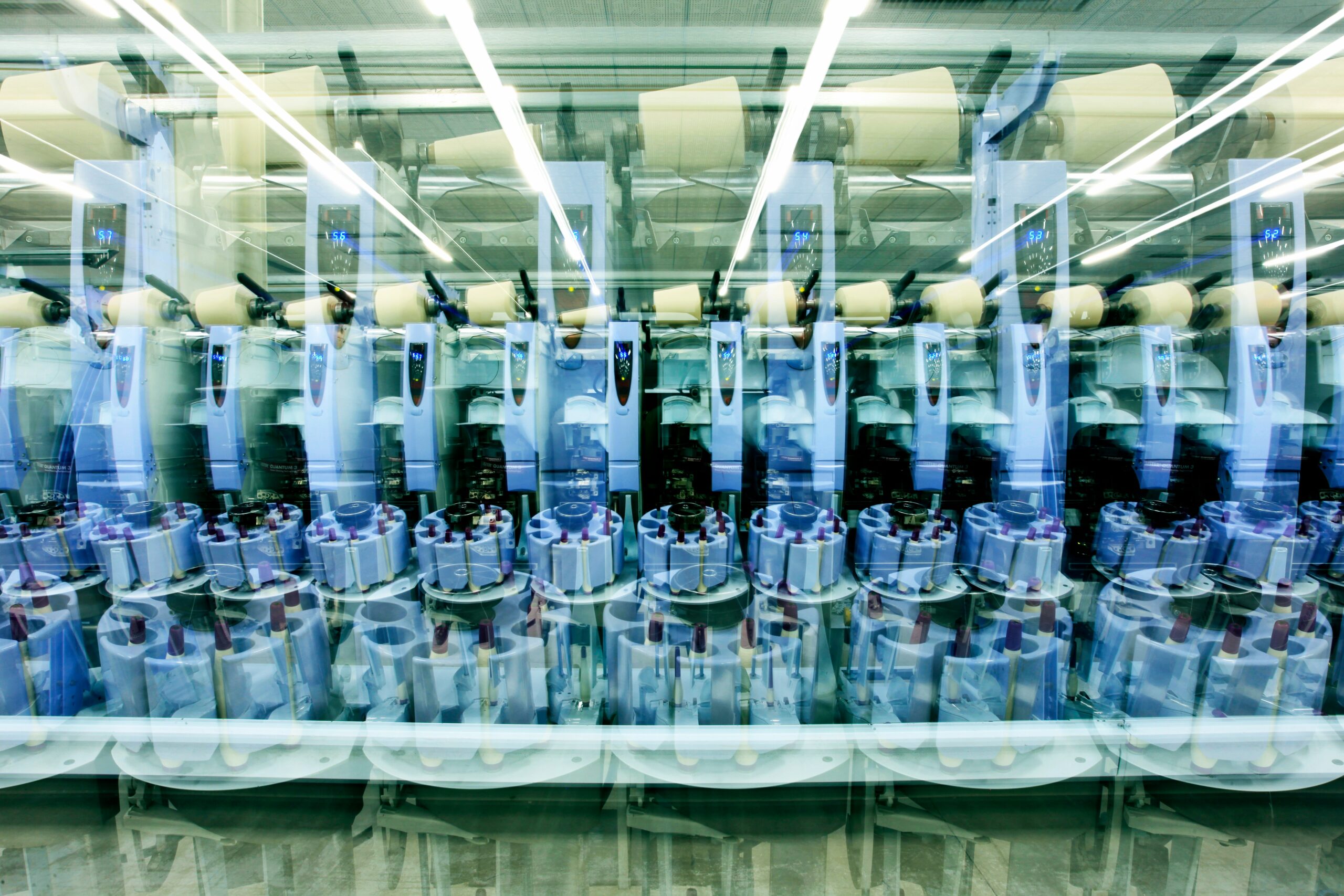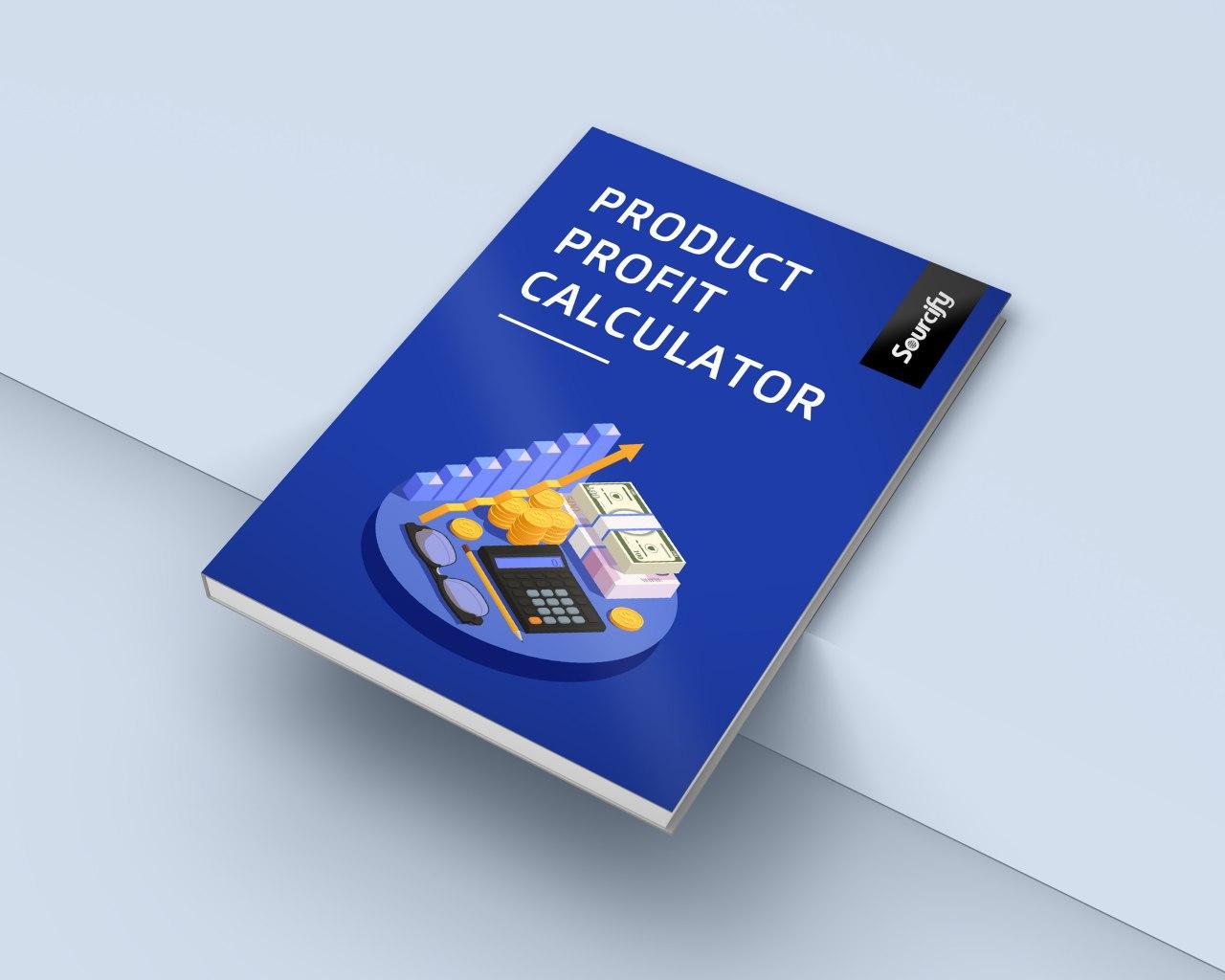Peak season shows you what your factory is really made of.
For most brands, that means Q4. Orders are higher, timelines are tighter, and the margin for error disappears. It’s also when many factories hit full capacity—and cracks start to show.
That’s exactly why peak season is the best time to run an audit.
While it might seem counterintuitive to add complexity during your busiest time of year, a smart audit during high-stress operations can reveal the true strengths and weaknesses of your manufacturing partner.
What Is a Factory Audit?
A factory audit is a structured evaluation of your supplier’s:
- Production capabilities
- Quality control systems
- Labor practices and compliance
- Communication workflows
- Capacity and process controls
Audits can be conducted in person or through verified third-party partners—and they’re not just for onboarding. The best brands audit ongoing partners to catch issues early and raise the bar.
Why Audit During Peak Season?
✅ 1. Real-World Visibility
During off-season audits, everything looks polished. But when the factory is at capacity and running back-to-back shifts, you see the real story:
- How they manage pressure
- How quality holds up
- Whether they over-promise and under-deliver
- If they cut corners to meet demand
📌 Peak season audits show you how your product is actually made when it matters most.
✅ 2. Identify Hidden Bottlenecks
Your delays might not be about lead time—they might be about:
- Line balancing
- QC throughput
- Poor planning or staffing gaps
- Overreliance on manual workarounds
Auditing now helps surface process flaws that don’t show up on spreadsheets—but absolutely show up in missed ship dates.
✅ 3. Protect Your Reputation
If quality dips during Q4, returns and negative reviews follow. A peak-season audit can prevent costly mistakes that affect customer satisfaction and brand trust.
You’re not just protecting revenue—you’re protecting your brand experience.
✅ 4. Set the Stage for Q1 Improvements
Auditing during peak doesn’t mean changing things on the fly. It means gathering insights now so you can make data-backed improvements in Q1—from SOPs to capacity planning to factory upgrades.
📌 The best time to spot an issue is before it becomes next year’s problem.
✅ 5. Build Leverage and Partnership
An audit isn’t a threat—it’s a signal that you care. Done right, it creates accountability and gives your supplier a clear path to win more business.
When paired with transparency and fair feedback, audits can actually strengthen factory relationships.
What to Include in a Peak Season Audit
If you’re auditing during high season, focus on:
- Production floor observation – Are orders moving on time?
- Quality control checklists – Are they followed under pressure?
- Labor practices – Are extra shifts compliant and ethical?
- Communication and responsiveness – Are they accessible and proactive?
- Capacity management – How are they prioritizing orders?
How Sourcify Helps
We conduct audits year-round—but peak season audits are often the most valuable. Our team helps brands:
- Schedule and coordinate site visits or third-party inspections
- Review capacity, documentation, and process integrity
- Surface blind spots you can act on in Q1
- Provide an unbiased view of what’s working—and what’s not
👉 Let us audit your factory before it costs you
Final Thought: Don’t Wait for the Off-Season
The truth is, your factory’s off-season behavior tells you less than you think.
Audit them when it counts most—when your brand is on the line and the pressure is real. Because if they can’t perform under pressure, they might not be the right partner long-term.
Related Resource:
📘 Could You Move Next Month If You Had To? — Our eBook on supply chain readiness and vendor optionality.




